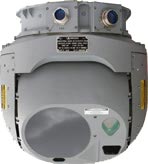Israel’s Rafael Advanced Defense Systems has unveiled a, beyond-line-of-sight version of the Spike fiber-optical guided missile capable of attacking pinpoint targets at ranges of up to 15.5 miles (25 km). The new missile weighing 155 lbs (70 kg) is already operational with the customer believed to be the Israel Defense Forces. It can be launched from land vehicles, airborne platforms or naval surface vessels.
The new version, designated Spike NLOS can carry the entire family of warheads designed for the Spike, including the shaped-charge anti-tank, and penetration blast fragmentation (PBR), enabling the missile to effectively strike targets beyond line of sight. In addition to offering selective targeting, by the use of its integral EO guidance camera, Spike NLOS can also receive target data from remote target acquisition systems, such as airborne UAVs, or remotely operated via networked command and control systems.

The Spike family of missiles is considered as the most mature and versatile multi-platform electro-optical precision attack missile in the market. Spike missiles are currently operating in several countries, including Israel, several Asian and Latin American countries, as well as a number of NATO countries, including Spain, Poland, Italy, Romania, Finland, and Czech Republic. Spike missiles were also selected to equip the German Puma Infantry Fighting Vehicles.
The missile integrates a dual EO seeker, effectively engaging targets in day and night, utilizing ‘fire and forget’ or ‘fire and update’ operating modes, enabling the operator to home in precisely on a pinpoint target as the missile closes-in on the terminal phase of its flight, just prior to the attack, thus maximizing the missile’s effect while minimizing collateral damage, even under highly dynamic battle conditions. The communications between the missile and operator is conducted over an optical fiber, enabling effective, broadband, secure two-way communications.


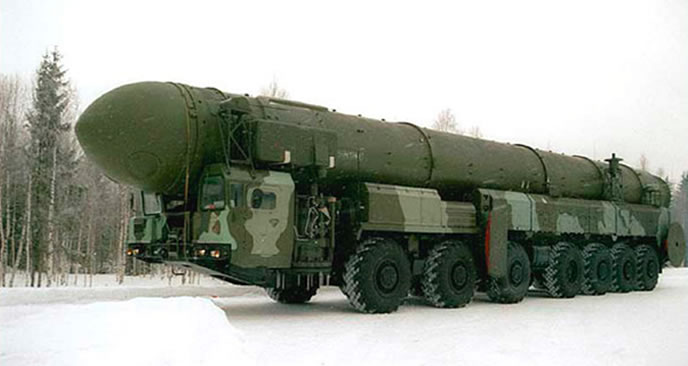

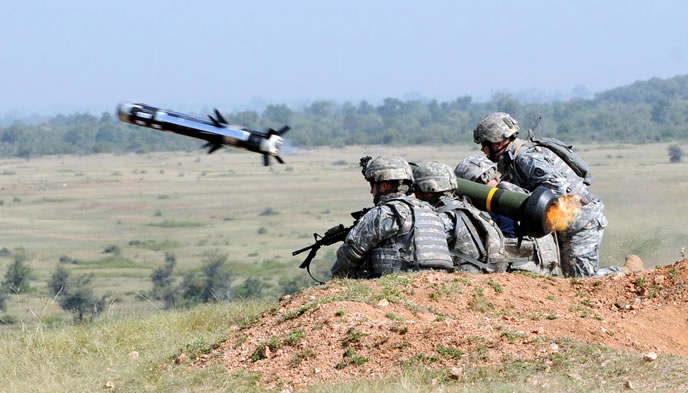

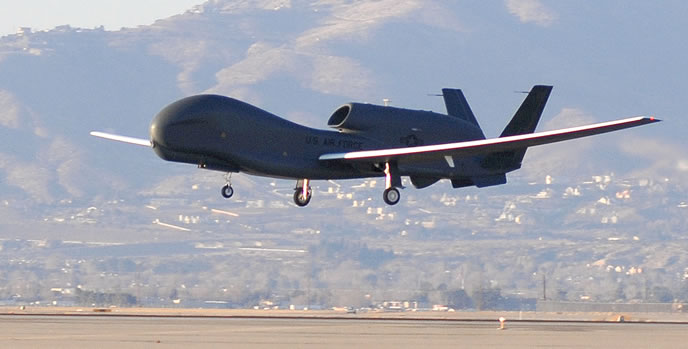
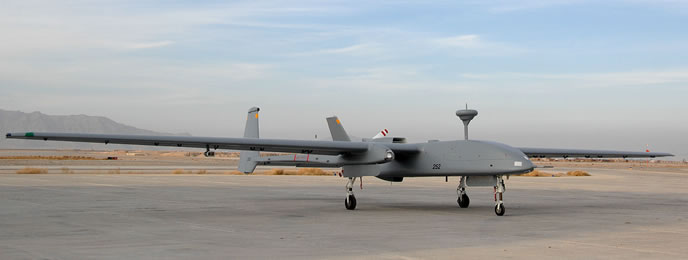
 Much of the problem was the Turkish decision to utilize the locally developed AselFlir 300T payload developed by Aselsan, instead of the Israeli built EO payloads, such the high performance MOSP and COMPASS lightweight integrated multi sensor systems, optimized for unmanned aircraft.
Much of the problem was the Turkish decision to utilize the locally developed AselFlir 300T payload developed by Aselsan, instead of the Israeli built EO payloads, such the high performance MOSP and COMPASS lightweight integrated multi sensor systems, optimized for unmanned aircraft.
